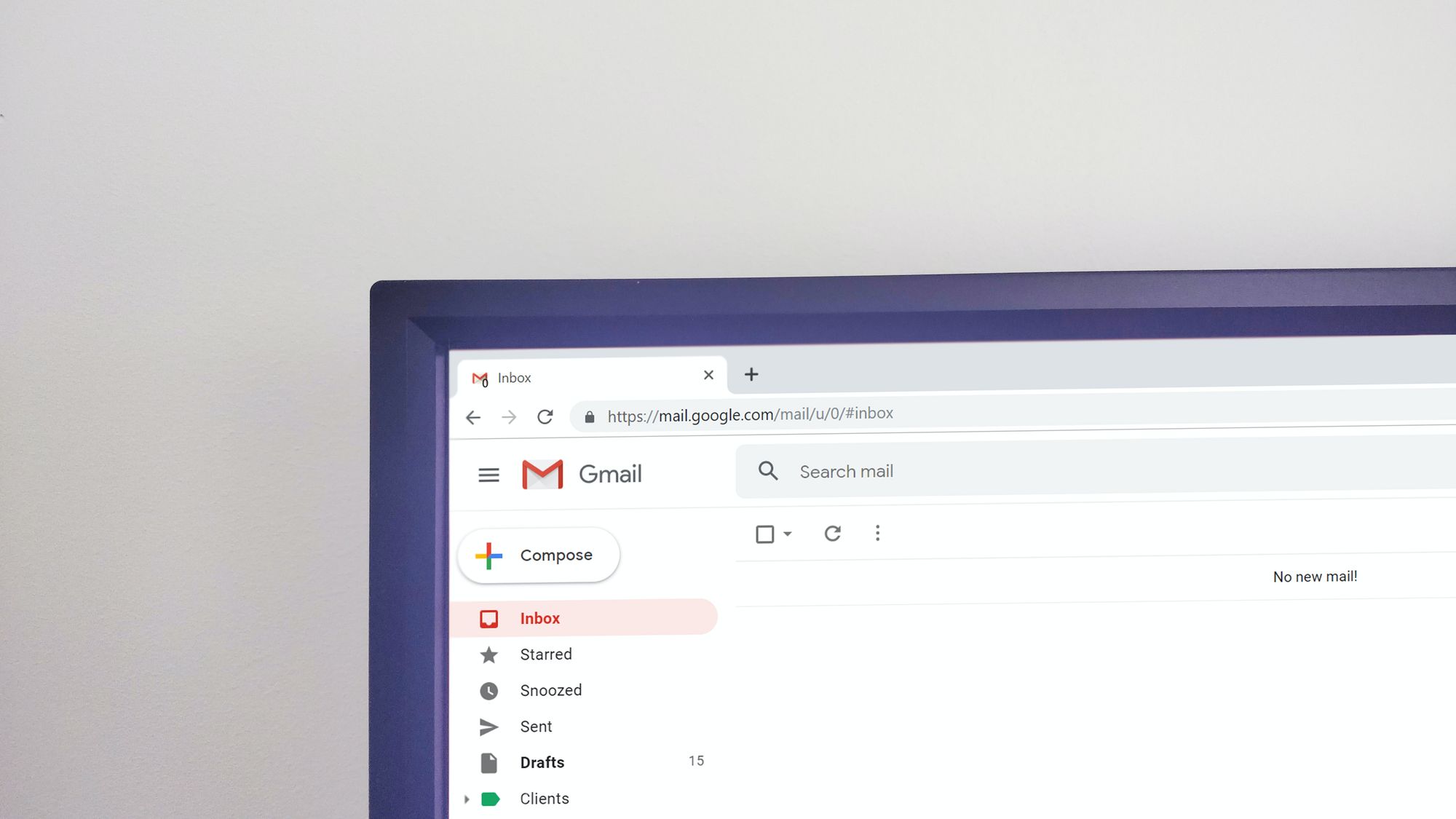In the ever-evolving landscape of web applications, user registration is a fundamental aspect that necessitates a reliable and secure approach. Email verification in Node.js plays a pivotal role in ensuring the authenticity of user accounts, enhancing data accuracy, and safeguarding against potential abuse. As an expert in the field, I'll take you on a journey to explore the power of email verification in Node.js, empowering you to implement seamless and robust email verification functionalities to take your user registration process to new heights.
1. Understanding the Importance of Email Verification
Email verification is a critical step in the user registration process. It adds an extra layer of security by confirming the validity of the provided email addresses. This verification process helps prevent the creation of fake accounts, reduces spam, and ensures that only genuine users gain access to your application. By verifying email addresses, you establish a strong foundation for building a trustworthy user base and cultivating long-term engagement.
2. Setting Up Node.js for Email Verification
Before delving into the specifics of email verification, it's essential to ensure your Node.js application is set up correctly. Ensure that you have Node.js and npm (Node Package Manager) installed on your system. Choose a reliable email sending service, such as SendGrid, Nodemailer, or Mailgun, to handle email delivery.
3. Implementing Email Validation in Node.js
The first step in email verification is validating the email addresses entered by users during registration. Implement email validation to ensure that the provided email follows the standard email format and includes a valid domain. Regular expressions and Node.js libraries, such as validator.js, can be used for this purpose. By validating emails upfront, you reduce the chances of erroneous data entering your system.
4. Sending Verification Emails
Once an email address is validated, the next step is to send a verification email containing a unique verification link to the user. The verification link should contain a token or a secure hash that uniquely identifies the user account and signifies their intention to verify their email address. Use a templating engine like EJS or Handlebars to craft dynamic and personalized verification emails.
5. Handling Email Verification Links
When users click on the verification link in the email, your Node.js application needs to handle the verification process. Extract the verification token from the link and cross-reference it with the user's email address and unique identifier. If the verification token matches, mark the user's email as verified in the database, and allow them access to the application.

6. Handling Email Verification Timeouts
To enhance security, add a timeout to the verification links. If the user does not click the verification link within a specified timeframe, consider the link expired and prompt the user to request a new verification email.
7. Resending Verification Emails
Provide users with an option to request a resend of the verification email if they encounter any issues or if the previous email was lost. Ensure that users can request a resend only a limited number of times to prevent abuse.
8. Handling Email Verification Errors
Implement error handling for various scenarios, such as invalid verification tokens, expired links, or email address mismatches. Present user-friendly error messages to guide users through the verification process.
9. Ensuring Security in Email Verification

Email verification involves sensitive user data, and security should be a top priority. Use cryptographic methods, such as hashing and salting, to secure verification tokens and protect against potential attacks like token tampering or enumeration.
10. Creating a User-Friendly Email Verification Experience
A smooth and user-friendly email verification experience enhances the overall user registration process. Design clear and concise email templates, provide informative instructions, and offer visual cues to guide users through the verification steps.
11. Monitoring and Logging Email Verification Activities
Implement logging and monitoring to track email verification activities, detect anomalies, and identify potential issues in real-time. This proactive approach allows you to take corrective actions promptly and maintain a seamless user experience.
12. Testing Email Verification Functionality
Comprehensive testing is crucial to ensure the robustness of your email verification implementation. Conduct unit tests and end-to-end tests to verify the correctness and functionality of email verification in various scenarios.
13. Automating Email Verification Workflows
To streamline the verification process, consider automating email verification workflows using task queues or background processing systems like RabbitMQ or Redis. This automation ensures prompt delivery of verification emails and efficient handling of user responses.
14. Handling Email Bounces and Unsubscribes
Monitor email bounces and unsubscribes to keep your email list clean and maintain a positive sender reputation. Remove bounced or unsubscribed emails from your database to avoid deliverability issues.
15. Scaling Email Verification for High Traffic
As your application grows, email verification may encounter high traffic volumes. Scale your email verification system by adopting distributed systems and cloud-based infrastructure to handle increased load without compromising performance.
FAQs (Frequently Asked Questions)
Q1. Why is email verification important in Node.js?
Email verification in Node.js is essential to ensure the authenticity of user accounts, reduce spam, and build a trustworthy user base. It adds an extra layer of security and enhances the overall user registration process.
Q2. Can email verification prevent fake account creation?
Yes, email verification helps prevent fake account creation by ensuring that only genuine users with valid email addresses gain access to your application.
Q3. Is email verification secure in Node.js?
Implementing secure practices, such as hashing and salting verification tokens, ensures the security of email verification in Node.js. It protects against potential attacks and safeguards sensitive user data.
Q4. How can I automate email verification workflows in Node.js?
You can automate email verification workflows in Node.js using task queues or background processing systems like RabbitMQ or Redis. These systems allow for efficient handling and prompt delivery of verification emails.
Q5. What are the best email sending services for Node.js?
Some popular email sending services for Node.js include SendGrid, Nodemailer, and Mailgun. These services provide robust APIs and support for sending transactional emails efficiently.
Conclusion: Elevate Your User Registration with Email Verification in Node.js
In the realm of web applications, email verification in Node.js is an indispensable tool for ensuring secure and valid user registration. By implementing robust email validation, crafting personalized verification emails, and handling verification links effectively, you establish a strong foundation for building trust with your user base. With security measures like cryptographic methods and automated workflows in place, you can safeguard sensitive user data and protect your application from potential attacks. By offering a user-friendly and seamless email verification experience, you elevate the overall user registration process and pave the way for enhanced engagement and long-term success. Embrace the power of email verification in Node.js to elevate your application to new heights and unlock the true potential of your user base.

